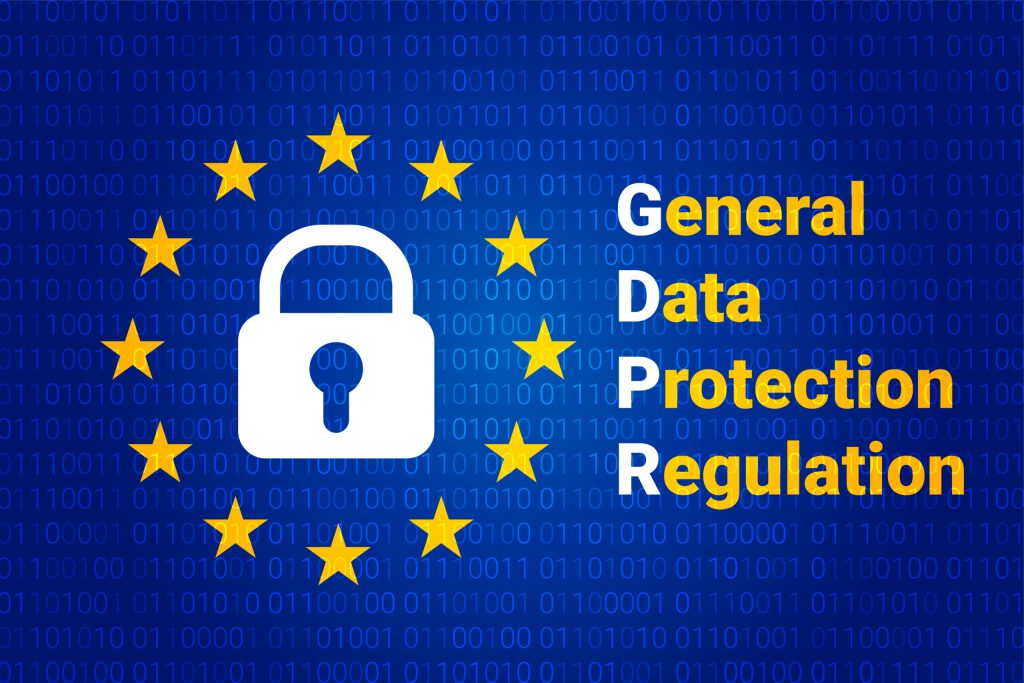Introduction
Blockchain technology is fundamentally designed to promote transparency, immutability, and decentralization. These features are valuable for trustless systems, but they can conflict with modern data privacy regulations—particularly the European Union’s General Data Protection Regulation (GDPR), one of the most comprehensive privacy laws in the world.
GDPR grants individuals strong rights over their personal data, including the right to access, rectify, and delete their information. These rights present unique legal and technical challenges when applied to blockchain systems, where data is often permanent, publicly accessible, and stored in a distributed network beyond the control of any single entity.
This article explores how GDPR and similar data privacy laws impact blockchain applications and examines strategies for compliance in a decentralized world.
1. GDPR: Core Principles and Requirements
The General Data Protection Regulation (GDPR), effective since 2018, applies to all organizations that process personal data of EU residents. Its core principles include:
- Data minimization: Only collect what is necessary.
- Purpose limitation: Use data only for specified purposes.
- Storage limitation: Do not store data longer than needed.
- Accuracy: Keep data accurate and up to date.
- Accountability: Be able to demonstrate compliance.
- Rights of individuals: Including access, rectification, erasure (“right to be forgotten”), and objection to processing.
Violations can result in heavy fines, up to €20 million or 4% of annual global turnover.
2. Conflict Between GDPR and Blockchain’s Core Properties
Immutability vs. Right to Be Forgotten
Blockchain’s immutability makes it impossible to delete or alter data once it is recorded on-chain. This directly conflicts with GDPR Article 17, which gives individuals the right to have their personal data erased.
Even encrypting or “forgetting” access keys does not technically satisfy GDPR’s standard of deletion, as the data itself remains accessible on the blockchain.
Decentralization vs. Data Controller Responsibility
GDPR assumes a traditional model with clearly identifiable data controllers and data processors who are accountable for compliance.
In decentralized blockchain systems:
- It may not be clear who is responsible for the data.
- There may be no central entity to enforce data protection measures.
- Governance is often handled by DAOs or community consensus, which lack formal legal recognition in many jurisdictions.
This legal ambiguity challenges enforcement and liability.
Transparency vs. Data Minimization
Public blockchains are transparent by design. Anyone can inspect transactions and metadata. Even pseudonymous addresses may be linkable to real identities through analysis.
This conflicts with:
- The GDPR principle of data minimization
- The requirement to protect sensitive personal data from unauthorized access
While transparency is a feature in many blockchain systems, it may inadvertently expose personal or identifiable information.
3. Types of Data on the Blockchain: Personal or Not?
Whether data on the blockchain falls under GDPR depends on whether it is considered personal data.
Examples of personal data in blockchain systems:
- User identifiers linked to transactions
- Public keys if tied to an identifiable individual
- Metadata or smart contract inputs that include personal information
- Off-chain data hashes that can be reverse-engineered or associated with individuals
Even hashed or encrypted data may be considered personal data under GDPR if it can be re-identified with reasonable effort. This broad definition complicates compliance for blockchain projects.
4. Strategies for GDPR-Compliant Blockchain Design
1. Off-Chain Storage with On-Chain Pointers
Store personal data off-chain in traditional databases and only place hashes or references on the blockchain. This approach:
- Keeps personal data in an environment where it can be modified or deleted
- Enables verifiability through cryptographic proofs
- Retains the immutability benefits of blockchain for integrity
However, proper access controls and encryption must still be applied to the off-chain storage system.
2. Data Minimization by Default
Design applications to avoid collecting personal data unless absolutely necessary. For example:
- Use pseudonymous or anonymous identities
- Avoid recording user names, emails, or IP addresses on-chain
- Tokenize sensitive data or use abstract representations
Limiting data exposure from the beginning reduces compliance risk.
3. Use of Zero-Knowledge Proofs and Privacy-Preserving Technologies
Zero-knowledge proofs (ZKPs) and homomorphic encryption allow systems to validate data or user claims without revealing the underlying information.
This enables:
- Proof of identity without revealing identity
- Verification of eligibility without disclosing attributes
These tools help align blockchain’s need for trustless validation with GDPR’s demand for privacy.

4. Establishing a Legal Entity for Governance
Projects can create a legal wrapper to take on the role of data controller for purposes of GDPR compliance.
This entity can:
- Handle user data requests
- Manage KYC data
- Provide accountability to regulators
While this may compromise full decentralization, it enables clearer legal alignment.
5. Smart Contract Design with User Control
Design smart contracts that:
- Allow user opt-in before processing personal data
- Provide mechanisms for data expiration or restricted access
- Avoid storing unnecessary metadata on-chain
Giving users control helps meet GDPR principles like informed consent and purpose limitation.
5. Enforcement Risks and Practical Concerns
The decentralized nature of blockchain makes enforcement difficult, but not impossible.
- Regulators may target front-end providers, wallet developers, or node operators who facilitate data processing.
- Cross-border operations involving EU users may trigger GDPR obligations even for non-European projects.
- Projects that do not consider GDPR may face access bans, fines, or reputational damage.
Increased regulatory scrutiny makes it essential for blockchain developers and businesses to anticipate and address privacy compliance proactively.
Conclusion
The tension between blockchain’s immutability and decentralization, and GDPR’s requirements for control and erasure of personal data, poses a fundamental challenge. Yet it is not an insurmountable one.
By combining privacy-by-design principles, off-chain data strategies, advanced cryptographic tools, and legal structuring, blockchain projects can achieve a meaningful balance between innovation and compliance.
As both technology and regulation continue to evolve, ongoing dialogue between developers, legal experts, and regulators will be key to unlocking the full potential of blockchain in a privacy-conscious world.
















































